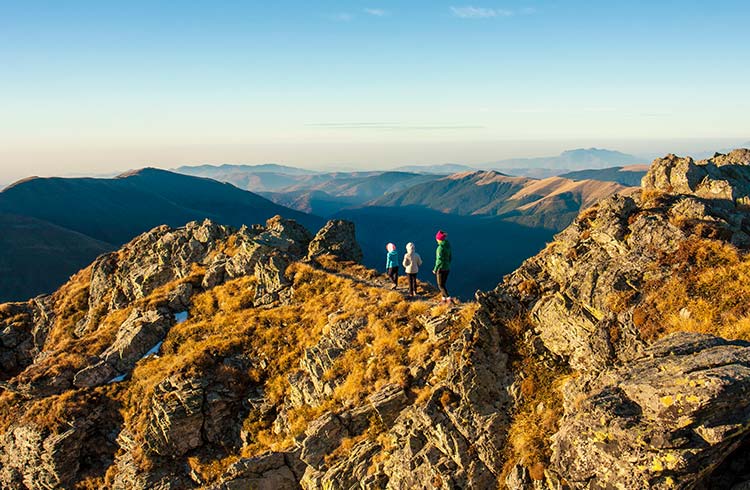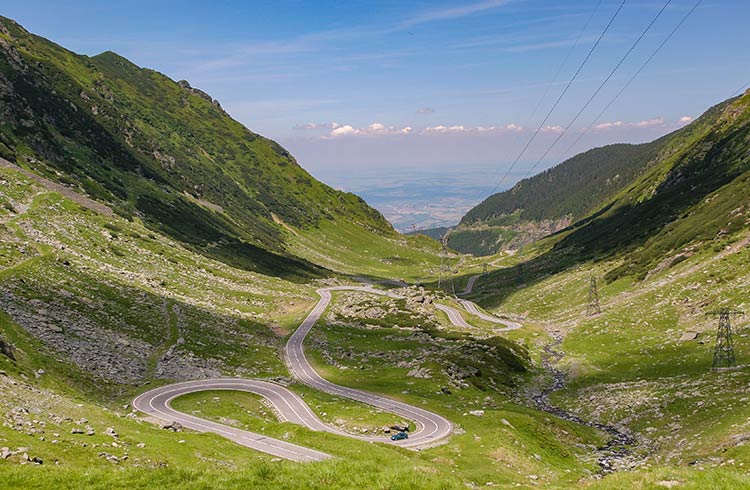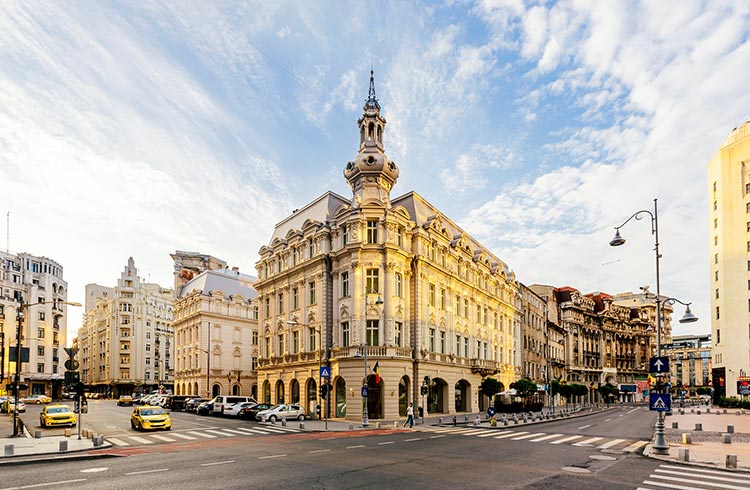Stay Safe in Romania's Wilderness: Adventure Travel Tips
Coronavirus (COVID-19) and travel: The situation around the world is changing dramatically. Various governments have changed their travel warnings to restrict travel during this time. To understand how this may impact cover under your policy, please go to our FAQs and select your country of residence.
For the latest travel warnings and alerts around the world, read about lockdowns and border restrictions.
Romania is a land of great natural beauty. From mountains to hills and plateaus to plains, this is what you need to know about bears, wolves and staying safe off the beaten track.
 Photo © Getty Images/Sebastian Condrea
Photo © Getty Images/Sebastian Condrea
Approximately 47% of Romania's wilderness areas are covered by natural or semi-natural ecosystems.
Romania has more than 33,000 species of animal, and 3,700 plant species – 23 of which have been declared natural monuments.
Three major vegetation zones - alpine, forest and steppe - are recognized. They contain some of Europe's major distributions of sycamore, beech, oak, willow, spruce, fir, pine, poplar and meadow.
The Carpathian Mountains - the tallest peak Mt. Moldoveanu rises to 2,544m - cross Romania from the north to the southeast and occupy one third of Romania's land area. They contain many lakes created during the last Ice Age. In and around present-day Transylvania (the Latin name means "Beyond the Forest"), the mountains represent Europe's longest volcanic chain. St. Ana is the only remaining volcanic lake.
Another third of Romania (33%) is covered in hills and plateaus. Much of the region is under cultivation with extensive orchards and vineyards.
The last third consists of a fertile plain of dark soil where cereals, vegetables and a variety of other crops are grown. This Danube flows through this region on its way to the Black Sea. The Danube Delta forms Europe's most extensive wetland and the world's largest continuous reed-bed.
At different times of the year, this area is a haven for some of the world's largest communities of migratory birds.
High altitudes in Romania
Due to their extreme altitude, Romania's mountainous regions are subject to freezing temperatures and severe alpine storms throughout the year. Winter storms ravage the cities and towns and icy streets and pavements are a constant hazard. Travelers should wear sturdy, grippy shoes to avoid slipping, and be aware of falling shards of ice.
In the warmer spring and summer months, Romania's mountainous regions are also subject to torrential rains and flash floods.
Seismic activity in Romania
The Carpathians are Europe's longest volcanic mountain chain. The surrounding region is unstable and severe earthquakes frequently occur, particularly in the south and southwest. Minor tremors occur throughout the year. Earthquakes often cause landslides.
The last major earthquake occurred on 5th August 2009. Its epicentre was in the Black Sea and it registered 5.8 on the Richter scale.
Almost half of the forests - which make up 13% of total land area - are managed for watershed conservation rather than production; Romania has one of the largest areas of undisturbed forest in Europe. They contain 60% of Europe's brown bears and 40% of its wolves.
Near the larger mountain forests, bears often visit city neighborhoods in search of food. Wolves are also frequently spotted close to human habitation. Bears and wolves are at least as nervous around humans as we are around them. In general, they prefer to keep their distance. Tourists are advised not to approach them or attempt to feed them. They may become disoriented and attack.
For those who like camping outdoors, seek local advice before setting up your tent.
Get a travel insurance quote for Romania
You can buy at home or while traveling, and claim online from anywhere in the world. With 150+ adventure activities covered and 24/7 emergency assistance.
Related articles
Simple and flexible travel insurance
You can buy at home or while traveling, and claim online from anywhere in the world. With 150+ adventure activities covered and 24/7 emergency assistance.
Get a quote

1 Comment
you should check on open Uranium mines and basins which oberflow into the rivers, the mountains are supposed to be full of them! so Sibiu is told to have the best water there and gets 98% of pounts on the EU sttandard...it.s even worse in Bulgaria, i always wondere why no kne buys these pretty flats in modern cities...till i found an expat forum form 10 yrs ago, people left in pegsions bcs Bulgaria has 180+ open unattended Uranium mining pits! this problem is ignored world wide! Europe is beautiful, but wasted! same for the Channel, the Irish sea, the Eastern Sea...and so on! crime is supposed to be low in Romania and Bulgaria( the most thugs left to the West) but as an Lgbt you might simply be beaten to death🤷♀️same to Georgia! happend this summer...same to Japan! happened last years summer( a gang killed two guys in a park whi were supposed to be gay.nonine actually knew🤷♀️)....so safety should have an Lgbt ranking too! Trnasgender get killed in Germany and France and Canada🤷♀️often not noted as Lgbt, bcs papers are m or f...🤷♀️safe? for me as a TS girl the whole world is a nightmare, and inlive in Austria
!